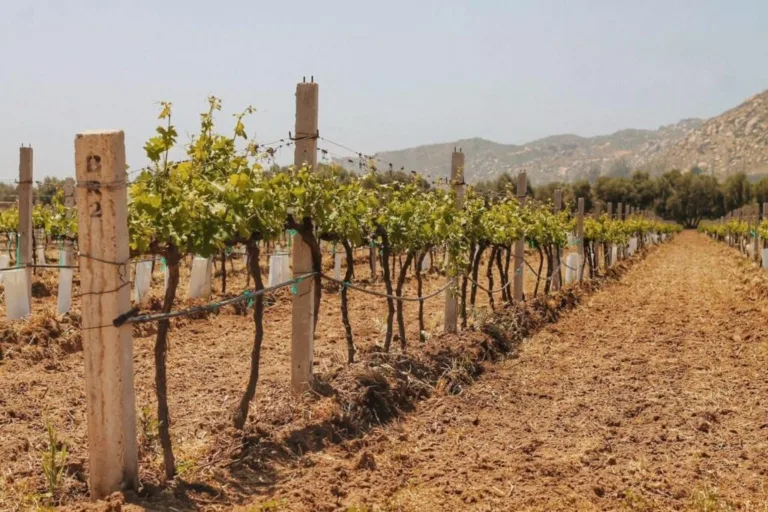Non malolactic wines may prove “an opportunity” for Champagne producers to combat the effect of climate change, according to G.H. Mumm’s oenologist Sabrina Roussell. Speaking to the drinks business at a Christmas event for G.H. Mumm and RSRV cuvées from the Maison in London last week, oenologist Sabrina Roussel, the winemaking and communication expert at Mumm & RSRV, said that the wine-making team had started to experiment with non-malolactic wines from certain Grand Crus, to compare and contrast these for future cuvées. Following this year’s harvest, Roussell told db that the team had decided to reserve some tanks of Grand Cru wine that had not gone through malolactic conversion in order to experiment with the blends and potentially make something “different” with cellar master Yann Munier. “I think we need the freshness in the winery and I love to compose when I make blends with maximum diversity,” she explains. Although this is not entirely new for the house – some non-malolactic wine is retained to add to the blends, this year it is experimenting with both Pinot Noir and Chardonnay from Grand Cru plots from Verzeney which have been carefully selected to allow for a series of taste comparisons when blending. “We chose enough tanks to compare with and without as its new for me and for the cellar master,” she said. “When we decided to make non-malo on a few tanks, we tasted the different tanks from say Verzenay and searched for something more creamy, sweet and easy
This Article was originally published on The Drink Business - Fine Wine




